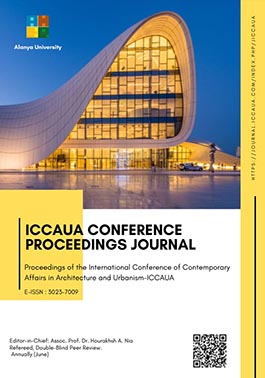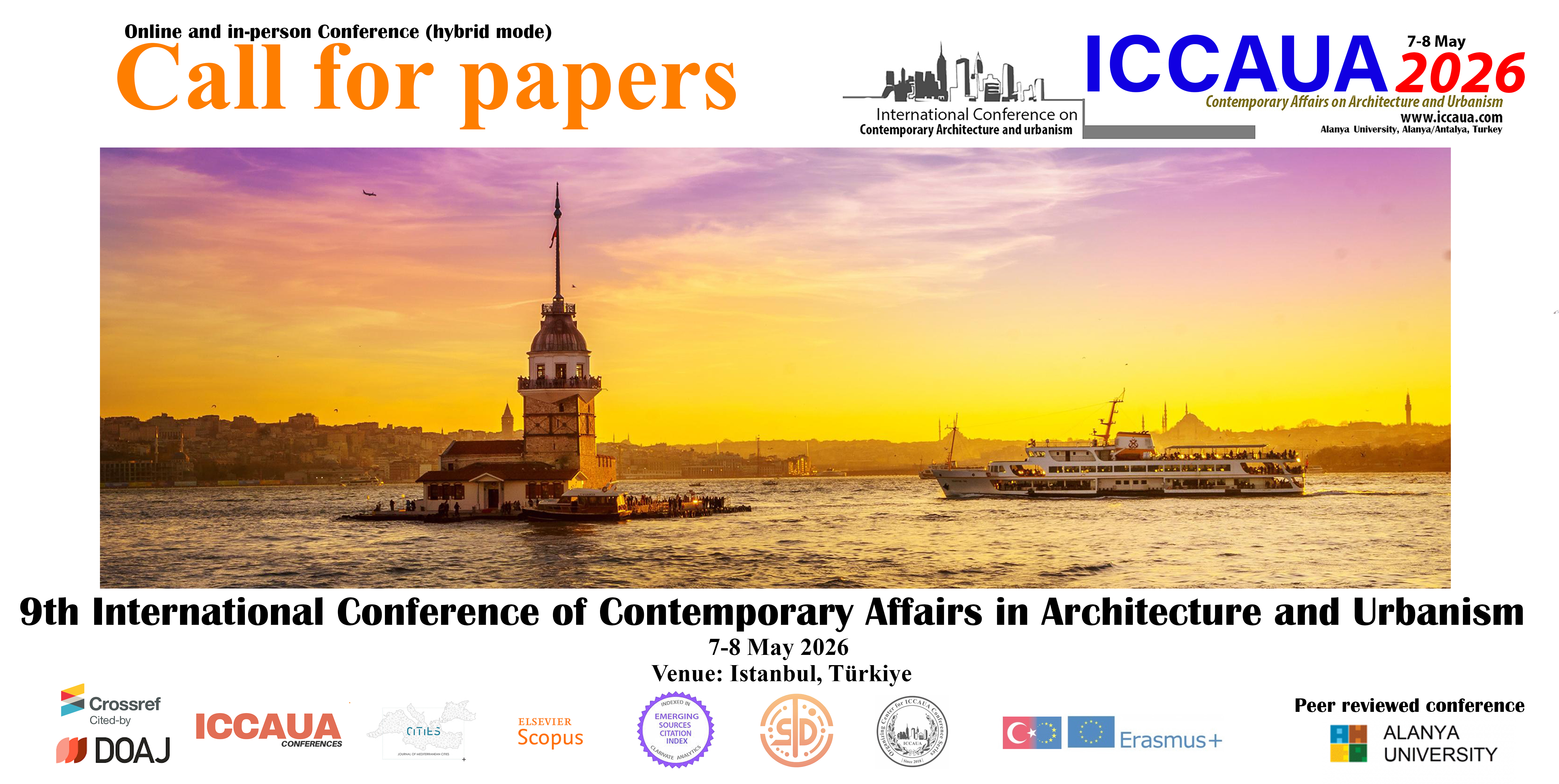Informal mobility typologies towards a better understanding of Informal public transportation
DOI:
https://doi.org/10.38027/ICCAUA2025EN0168Keywords:
Urban Mobility, Informal transportation, Criteria Matrix, Motorcycle TaxiAbstract
Bangkok, the capital of Thailand, is known for its cultural heritage and thriving tourism, however, it is also notorious for its traffic congestion and air pollution, which are frequently ranked amongst the world’s worst. In response to these challenges, the city has focused on the development and expansion of mass transit systems, such as metro rail networks and bus rapid transit (BRT) systems, to improve mobility and reduce reliance on private vehicles. Informal public transportation, which includes motorcycle taxis, shared minivans, tuk-tuks, and other flexible transport modes, plays a crucial role in urban mobility, particularly for last-mile connectivity and accessibility in areas where formal transportation options are limited. This matrix serves as a tool for examining mobility systems, offering insights into their functions, patterns, and contributions to urban and suburban transportation networks. Additionally, it enables the identification and analysis of unique traits such as the role of motorcycle taxi stations or ride-hailing applications, travel distance, and mode of transportation. Such findings help us to understand the systems and behaviors within Bangkok, which can enhance the understanding of informal transportation systems and their integration with formal transportation networks for more efficient urban mobility planning.
Downloads
Downloads
Published
How to Cite
Issue
Section
License
Copyright (c) 2025 Hourakhsh Ahmad Nia

This work is licensed under a Creative Commons Attribution 4.0 International License.




















